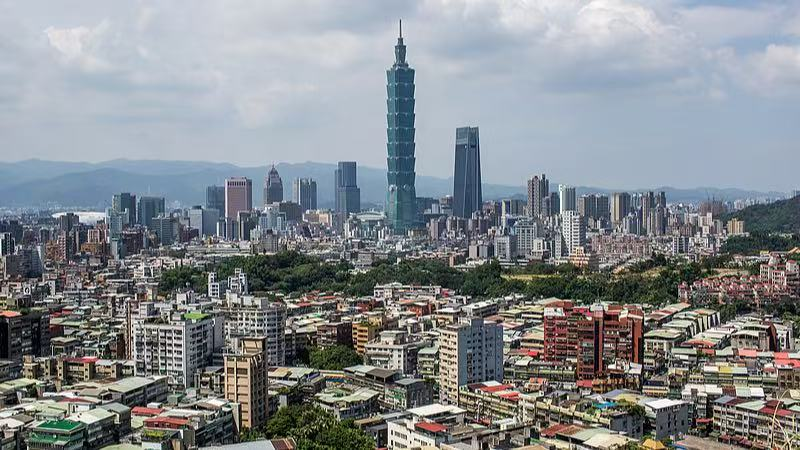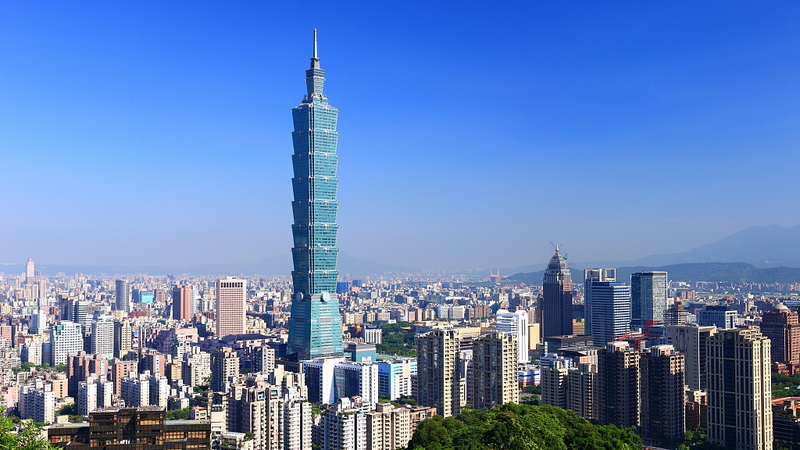As U.S. tariff hikes continue to ripple through global trade, the Chinese mainland is making bold moves to cushion the impact. Facing pressures from higher tariffs that strain exports, China's agile policy tools and vast domestic market are stepping up the game. 🚀
Last September, CPC leadership at a crucial Political Bureau meeting mapped out new steps to energize the economy. Since then, authorities have rolled out targeted measures – from cutting the reserve requirement ratio and lowering mortgage rates to channeling long-term capital into markets and launching ultra-long-term special treasury bonds. These initiatives are already yielding real results: In Q1 2025, retail sales rose 4.6% year-on-year, manufacturing recorded continued growth with a PMI of 50.5%, and GDP expanded by 5.4%, surpassing expectations. 📈
Domestic Demand: A Powerful Buffer
Export uncertainties have nudged many companies to refocus on home turf. Official figures reveal that about 85% of export-oriented firms have successfully shifted towards domestic sales, which now account for roughly 75% of their overall revenue. Major retailers like JD.com, Freshippo, and Yonghui Superstores have even set up fast-track channels to help firms transition smoothly. For instance, Zhuhai-based Jindao Electrics, known for popular beauty appliances, pivoted from declining U.S. orders to tapping into the booming local market with tailored support from JD.com. As Chen Yu from JD.com's beauty appliances division explained, integrated marketing and distribution strategies have been key in accelerating their domestic sales push.
Tapping New Markets: A Strategic Rebalance
While boosting domestic consumption, Chinese exporters are broadening their horizons and diving into new markets, especially in Global South countries. Official data highlights a significant decline in the U.S. share of Chinese exports – from 19.2% in 2018 to 14.7% in 2024. Meanwhile, exports to ASEAN and Belt and Road countries have surged, reflecting a strategic shift away from overreliance on a single market.
Take Yueli Group, a leading manufacturer of hair dryers. In response to tariff-induced challenges, the firm has diversified its reach to regions such as Japan, South Korea, the Middle East, and Europe, while also ramping up collaborations with local brands. Marketing director Li Lizhong noted that steady annual growth exceeding 30% has helped reduce the risks associated with heavy export dependence. This diversified approach, combined with China’s robust industrial ecosystem, underscores the mainland's competitive edge.
Even at the ports, the resilience is evident. The Ministry of Transport reported a 3.2% rise in port cargo throughput during Q1 2025, with domestic trade growing by 4.1% and foreign trade by 1.4%. Such figures reflect the strength of the dual circulation strategy – a powerful blend of internal economic vitality and continued global engagement.
In a fast-paced global economy, China's strategic pivot offers an inspiring example of how blending robust domestic demand with smart global outreach can help weather external shocks. Stay tuned for more insights and updates on this evolving economic playbook! 🌏
Reference(s):
cgtn.com




